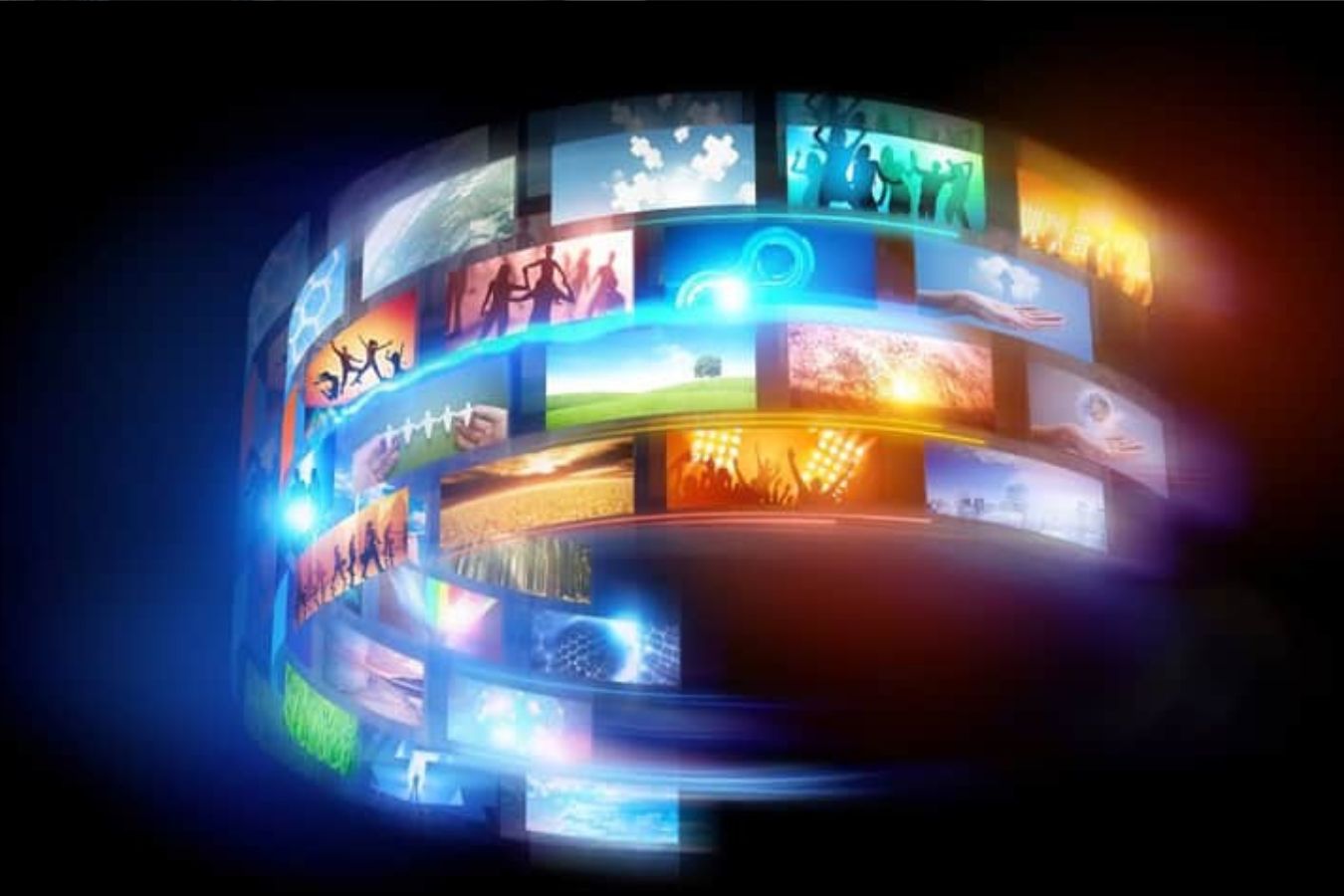Broadcast Advertising

Broadcast advertising is a dynamic and influential medium through which companies and organizations convey their messages to a wide and diverse audience.
This form of advertising leverages radio and television to reach potential customers and promote products, services, or causes. In this note, we explore the significance of broadcast advertising and its enduring impact on the advertising landscape.
Broadcast advertising’s most prominent feature is its unparalleled ability to reach a mass audience. Whether through terrestrial radio, television, or streaming platforms, broadcast advertising allows businesses to tap into millions of households and individuals simultaneously.
Television advertising, in particular, offers the unique advantage of combining visual and auditory elements. This powerful combination enables advertisers to create compelling narratives, showcase products in action, and evoke emotions in viewers. Through captivating visuals, music, and storytelling, broadcast advertisements have the potential to leave a lasting impression on consumers.
Targeted Messaging
While broadcast advertising can reach a vast audience, it also offers options for targeted messaging. Advertisers can select specific time slots, channels, or programs that align with their target demographic.

This allows for more precision in reaching the right audience and maximizing the return on investment. Broadcast advertising plays a pivotal role in brand building. Consistent exposure on television or radio can help reinforce brand identity and create a sense of trust and familiarity with consumers. It allows brands to tell their story, highlight their values, and differentiate themselves from competitors.
Broadcast advertising has the advantage of real-time impact. Advertisers can run live commercials during major events, news broadcasts, or sports games, ensuring that their message reaches a captive audience at precisely the right moment. This immediacy can be especially effective for time-sensitive promotions or product launches.
Despite its many advantages, broadcast advertising does come with challenges, including high production costs, competition for airtime, and the need to stand out in a crowded landscape. Advertisers must carefully consider their messaging, creative execution, and media buying strategies to ensure a successful campaign.
In conclusion, broadcast advertising remains a potent and influential medium in the advertising world. Its mass reach, ability to convey visual and auditory messages, and capacity for targeted messaging make it a versatile tool for advertisers. As technology continues to shape the industry, broadcast advertising will continue to adapt, providing new and exciting ways for brands to connect with their audiences and make a lasting impact.
FAQ
Frequently Asked Questions
What is the difference between broadcast advertising and digital advertising?
How much does it cost to advertise on television or radio?
What are the benefits of radio advertising compared to television advertising?
How can I measure the effectiveness of my broadcast advertising campaign?
Surveys and focus groups: Conduct post-campaign surveys or focus groups to gather qualitative feedback from the target audience.
Website traffic and online engagement: Monitor changes in website traffic, social media engagement, or online search trends during and after the campaign.
Sales data: Analyze sales data before, during, and after the campaign to identify any spikes or trends.
Call tracking: Use call tracking software to monitor the number of inquiries or orders generated by the advertising campaign.
